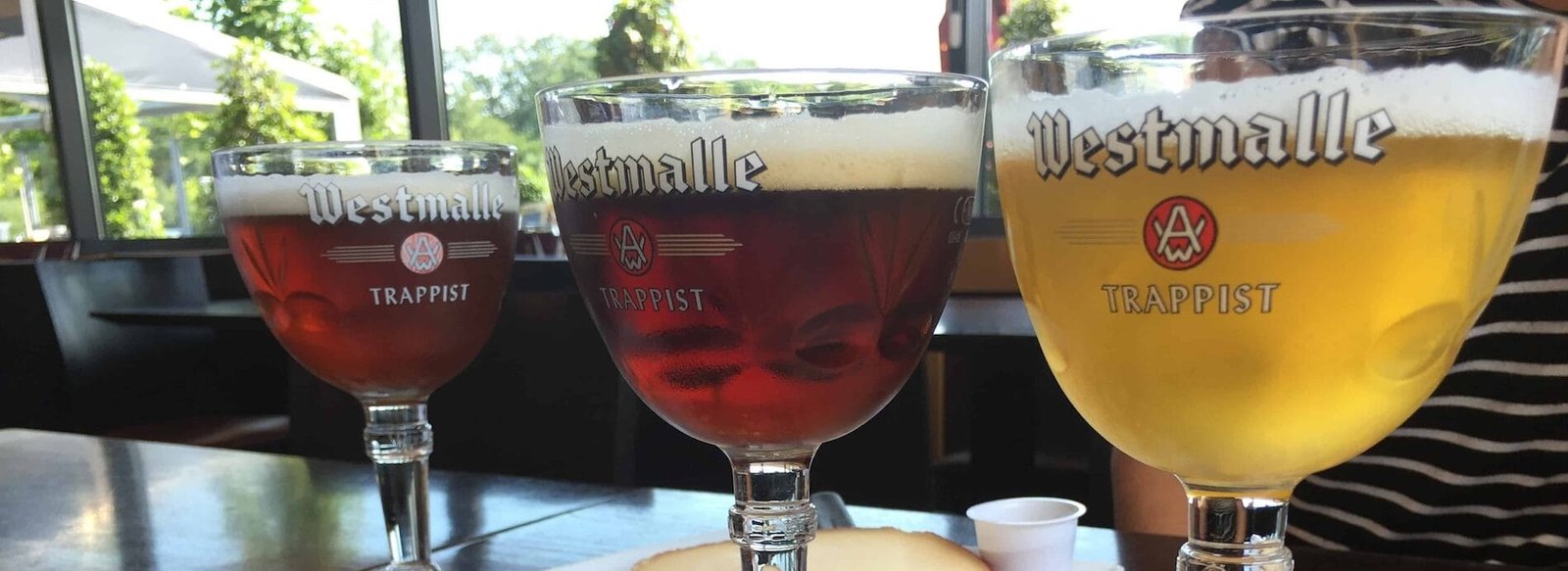When it comes to Belgian beers, few can match the reputation and allure of Chimay Blue. Brewed by Chimay Brewery, one of the Trappist breweries recognized for their commitment to tradition and quality, Chimay Blue stands out not just for its flavor but also for its rich history and cultural significance. This article will explore the four pillars of excellence that define Chimay Blue: its historical roots, brewing process, flavor profile, and cultural impact.
Historical Roots
Chimay Brewery, founded in 1862, is one of the few breweries authorized to use the Trappist designation. This designation is not merely a marketing tool; it signifies that the beer is brewed within the walls of a Trappist monastery under the control of the monastic community. The Abbey of Scourmont, where Chimay Blue is crafted, has a long-standing tradition of brewing that dates back to the 19th century.
The origins of Chimay Blue can be traced back to the 1950s when the brewery sought to create a stronger, darker beer to celebrate the 75th anniversary of the brewery’s founding. The result was a rich, complex ale that would go on to become a hallmark of Belgian brewing. The beer was originally called “Grand Réserve,” and it was first released in 1956. Over the years, it has evolved, but its essence has remained intact, embodying a commitment to quality and tradition.
Brewing Process
The brewing process of Chimay Blue is a meticulous art that combines traditional methods with modern techniques. The ingredients used are of the highest quality, sourced from local suppliers whenever possible. The water used in the brewing process comes from a natural spring located near the abbey, ensuring purity and consistency.
Chimay Blue is brewed using a blend of malted barley, hops, and yeast. The unique yeast strain used in the fermentation process is a closely guarded secret that contributes to the beer’s distinctive flavor profile. The brewing process involves a secondary fermentation in the bottle, a technique that enhances the beer’s complexity and depth.
One of the standout features of Chimay Blue is its aging potential. Many beer enthusiasts appreciate the ability to cellar this ale for several years, allowing it to develop new flavors and aromas over time. The brewery recommends aging the beer for a minimum of six months, but some aficionados have reported that aging it for several years can yield remarkable results.
Flavor Profile
Chimay Blue is renowned for its rich and complex flavor profile, which can be attributed to its careful brewing process and high-quality ingredients. Upon pouring, the beer presents a deep, dark brown color with a thick, creamy head that lingers. The aroma is inviting, with notes of dark fruits, caramel, and a hint of chocolate.
The first sip reveals a symphony of flavors that unfold on the palate. The initial sweetness is balanced by a subtle bitterness, creating a harmonious interplay that is both satisfying and intriguing. Dark fruits such as figs, raisins, and plums dominate the flavor, complemented by hints of toffee and roasted malt. As the beer warms, additional layers of flavor emerge, including spices and a faint earthiness that adds depth to the overall experience.
The mouthfeel of Chimay Blue is smooth and velvety, with a medium to full body that enhances the richness of the flavors. The finish is long and warming, with a gentle alcohol presence that lingers pleasantly. This complexity makes Chimay Blue a versatile beer that can be enjoyed on its own or paired with a variety of foods.
Cultural Impact
Beyond its exceptional brewing qualities, Chimay Blue holds a significant place in the cultural landscape of Belgian beer. It is often regarded as a benchmark for other Belgian ales, setting a standard for quality and craftsmanship. Beer enthusiasts and casual drinkers alike recognize Chimay Blue as a quintessential example of what Belgian brewing has to offer.
The beer has garnered numerous awards and accolades over the years, further solidifying its reputation. It is frequently featured in beer festivals and competitions, where it consistently impresses judges and consumers alike. Its popularity extends beyond Belgium, with a strong following in countries around the world, including the United States, where craft beer culture has embraced the rich traditions of Belgian brewing.
Chimay Blue also plays a role in the broader context of Trappist brewing. The Trappist breweries are known for their commitment to producing high-quality products while adhering to the principles of monastic life. The profits from Chimay Brewery are reinvested into the monastery and local community, supporting various charitable initiatives and social programs. This commitment to social responsibility resonates with consumers who value ethical sourcing and sustainable practices in their food and beverage choices.
The Quadruple Excellence of Chimay Blue: A Deep Dive into a Belgian Classic
The quadruple excellence of Chimay Blue lies in its historical roots, meticulous brewing process, rich flavor profile, and cultural impact. As a Trappist ale, it embodies a tradition that prioritizes quality and craftsmanship, resulting in a beer that is both complex and approachable. Whether enjoyed fresh or aged, Chimay Blue offers a unique experience that reflects the rich heritage of Belgian brewing.
For those seeking to explore the world of Belgian beers, Chimay Blue serves as an excellent introduction. Its depth of flavor, combined with its storied history and cultural significance, makes it a standout choice for both seasoned beer enthusiasts and newcomers alike. As you savor a glass of Chimay Blue, you are not just enjoying a remarkable beer; you are partaking in a tradition that spans over a century, a testament to the dedication and passion of the monks who craft it.
In a world filled with fleeting trends and disposable products, Chimay Blue remains a timeless classic, a celebration of the art of brewing that continues to inspire and delight.

